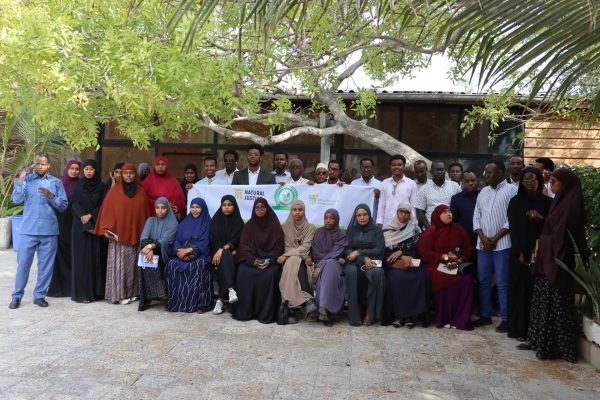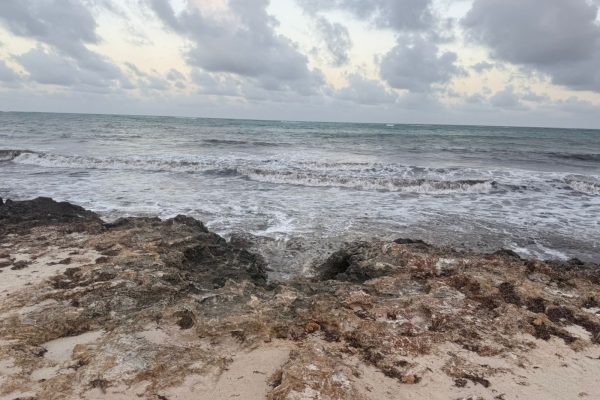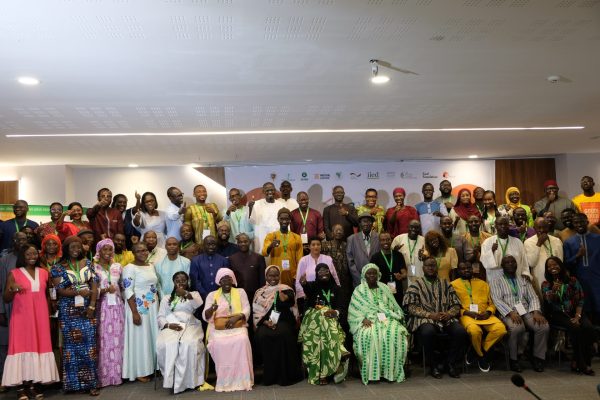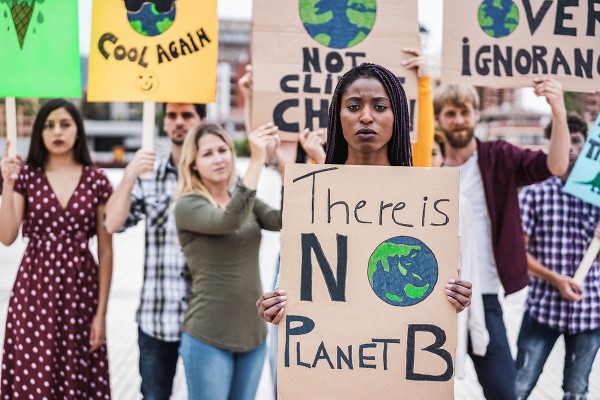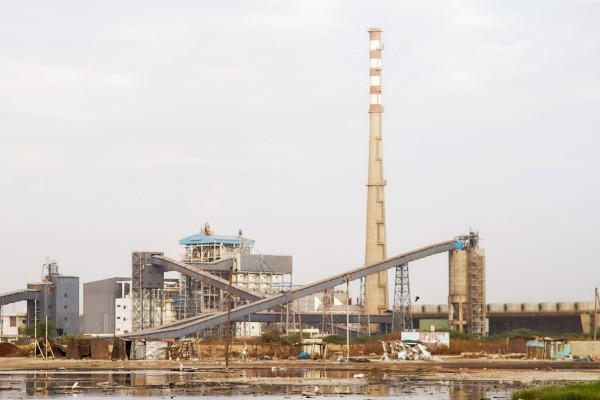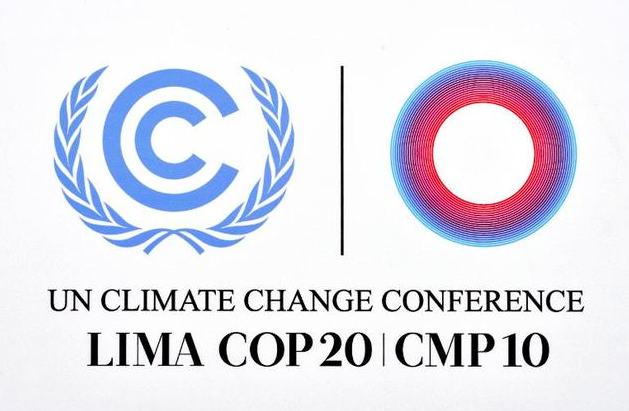 The 20th Session of the Conference of Parties (COP) of the United Nations Framework Convention on Climate Change wrapped up over two weeks of negotiations with the release of the ‘Lima Call for Climate Action’. This decision will be the basis of the global climate agreement expected in 2015, and its annex contains elements for a draft negotiating text.
The 20th Session of the Conference of Parties (COP) of the United Nations Framework Convention on Climate Change wrapped up over two weeks of negotiations with the release of the ‘Lima Call for Climate Action’. This decision will be the basis of the global climate agreement expected in 2015, and its annex contains elements for a draft negotiating text.A key component of this agreement are country climate pledges known as ‘intended nationally determined contributions’ (INDCs), these are a countries contribution towards achieving the Conventions ultimate objective, which is to stabilize greenhouse gas concentrations at a level that would prevent dangerous anthropogenic interference with the climate system. Crucially each country is expected to outline their INDCs, and thus the old firewall of developed and developing countries has been breached, and developing countries now have commitments. Countries will communicate these during the early part of 2015 or by the start of October 2015 at the latest, and the UNFCCC secretariat will produce a synthesis report of their aggregate effect. It was agreed that these contributions will be an improvement on a countries existing undertakings, however, missing from the text was the need for an ex-ante review of these commitments, and no common, comprehensive reporting methodologies were specified. This means it will be difficult to assess the potential impact of these commitments over time and also to compare approaches between countries. It is likely that IDRCs will focus on mitigation, as countries are not obliged to provide information on their adaptation plans, although they are free to do so if they wish.
The talks focused upon ambition for 2020 and beyond, and worryingly there was no agreement on further short-term action between 2015 – 2020. Scientists have already shown that current global greenhouse gas emissions are too high if we are likely to stand a chance to attain the target of limiting temperature increases to within 2O C. Less action now will make attaining this target harder and more costly in the future and demonstrates a lack of real commitment.
Within mitigation, negotiations on REDD+ failed to agree on what guidance, if any, the UNFCCC should provide to countries developing their systems for providing information on how the REDD+ safeguards are being addressed and respected. Many developing countries rejected the need for further clarity, and thus there is no obligation for REDD+ countries to report on how indigenous peoples and local communities rights are being respected, and biodiversity and natural forests being conserved, during the design and implementation of REDD+. This omission increases the potential risks of REDD+. During the talks, 5 countries – Columbia, Guyana, Indonesia, Malaysia, and Mexico – submitted information on the status of their greenhouse gas emissions reductions in the forest sector, a requirement which will enable them to access finances for forests.
During the COP, pledges to the Green Climate Fund, including commitments from 5 developing countries, meant that the minimum capitalization target was reached. The negotiations however failed to outline how the aim of raising US$ 100 billion per year from 2020 onwards would be achieved, thus financial sources for long-term action continue to remain unclear.
Potential positives in the text include that the concept of common bur differentiated responsibilities and respective capabilities is maintained, however ‘in light of different national circumstances’ is tagged on.
Overall, the ‘Lima Call for Climate Action’ is a weak text which lacks ambition, legal clarity, and leaves many difficult decisions to COP21, Paris 2015.

